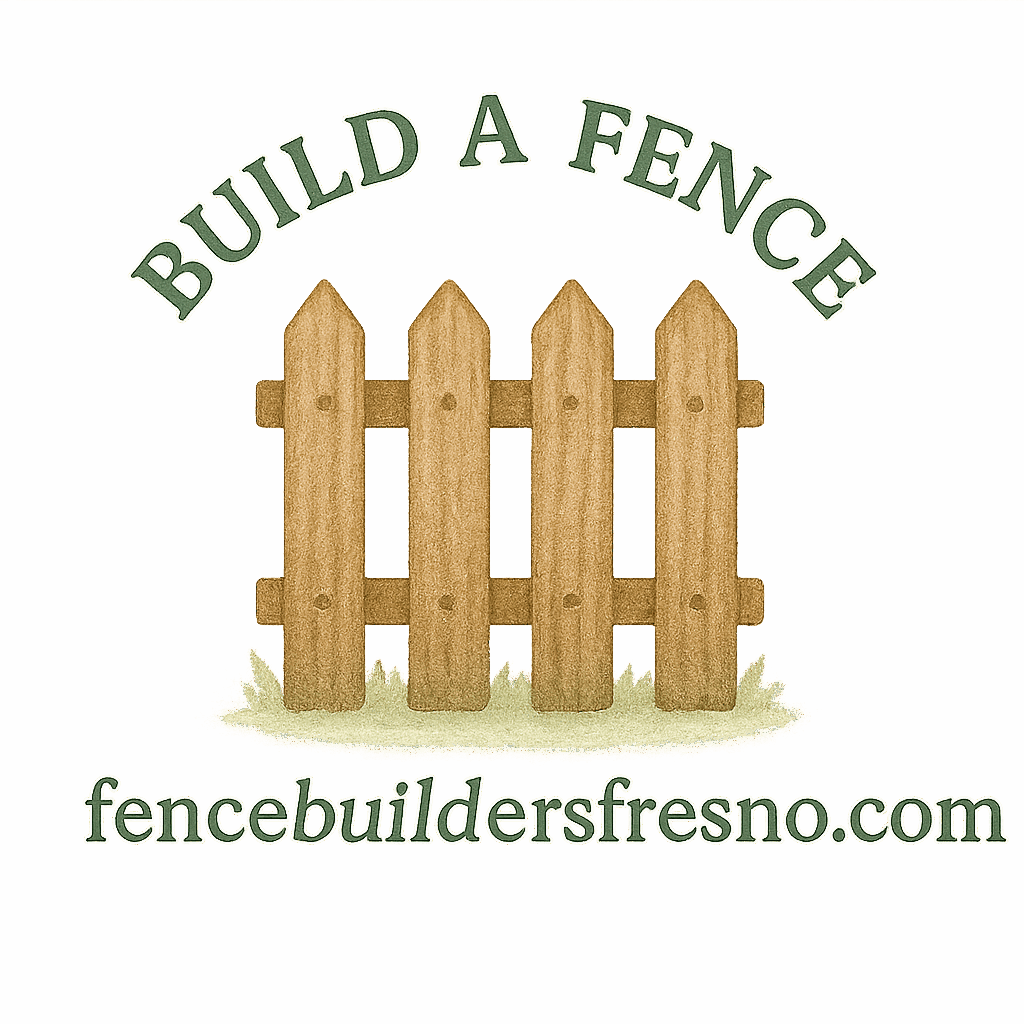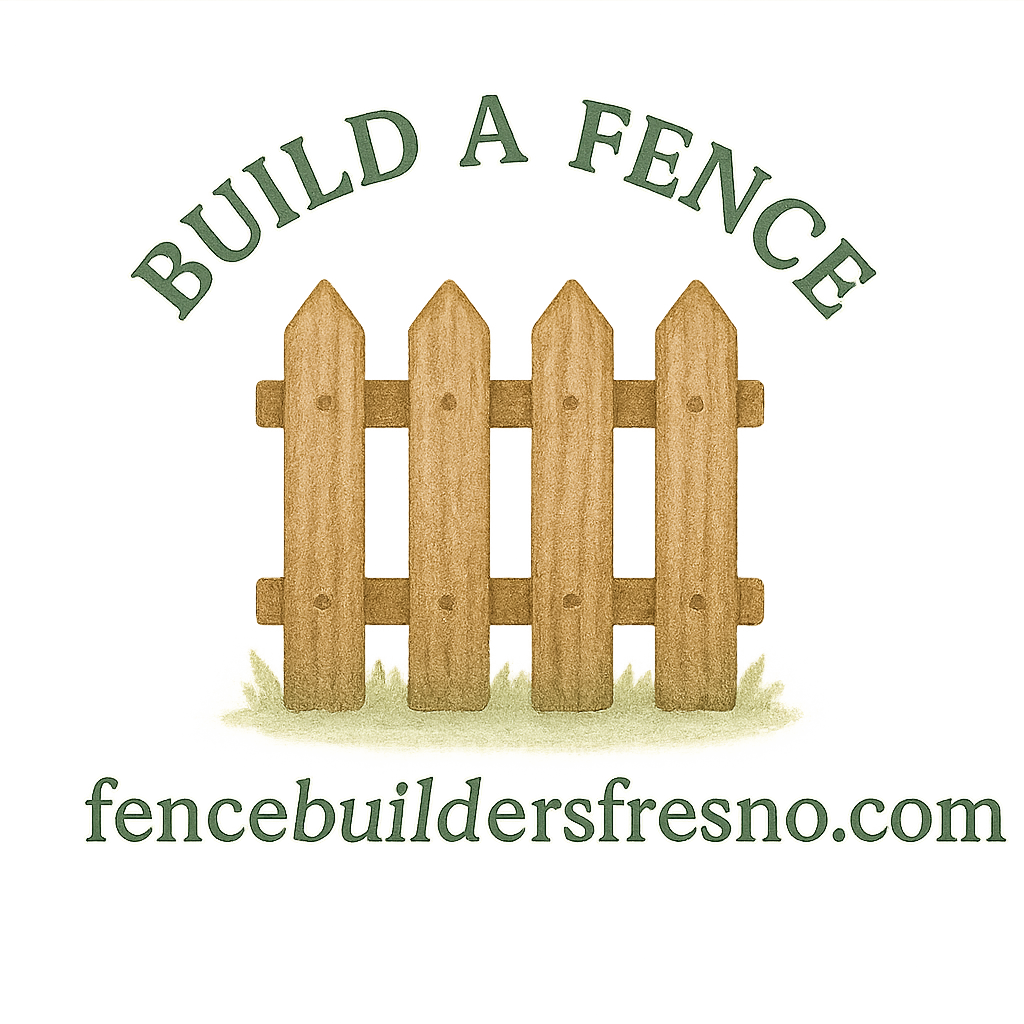Why the Right Tools Are Crucial for DIY Fencing
When it comes to DIY fence building, the tools you choose will either make your project smooth and enjoyable—or a complete nightmare. A fence is more than a line of posts and panels. It’s protection, privacy, and curb appeal rolled into one. Having the right equipment ensures accuracy, saves time, and prevents costly do-overs.
Think of it this way: would you bake a cake without measuring cups? The same principle applies here. Skipping essential tools could mean crooked posts, unstable panels, or worse—a fence that doesn’t pass inspection.
Planning Before You Build Your Fence
Jumping straight into digging holes is tempting, but smart fencing starts with a plan. Proper preparation sets the foundation for a smooth installation and a long-lasting fence.
Property Lines and Legal Considerations
The first step is knowing exactly where your land ends and your neighbor’s begins. Misjudging property lines can cause disputes or even legal battles. Check city zoning laws and permits through your local building authority. Our legal property considerations guide explains what paperwork and approvals you’ll need before lifting a single tool.

Selecting the Best Fence Type for Your Needs
Different fences serve different purposes. Want security? A tall privacy fence works. Love aesthetics? A decorative picket might suit your yard. Each type—wood, vinyl, chain-link, or metal—comes with its own set of installation challenges. For a breakdown of pros and cons, check out our fence types comparison.
Essential Tools for DIY Fence Installation
1. Measuring Tape – Accuracy First
A measuring tape is your number one tool. From post spacing to fence panel alignment, precision ensures everything fits perfectly. Without it, your fence could end up looking like a crooked row of dominoes. Always measure twice and cut once.
2. String Line and Stakes – Keeping It Straight
Ever seen a fence that zigzags like a snake? That’s what happens without string lines and stakes. They keep posts aligned and guarantee a neat finish. Our fence design planning guide emphasizes string lines as a must for professional results.
3. Post Hole Digger – Digging With Precision
Fence posts are the backbone of your structure. A post hole digger helps you achieve uniform depth and width. Holes that are too shallow or uneven weaken your fence.
4. Shovel – The Multi-Use Essential
Shovels may be old-school, but they’re indispensable. You’ll need one to remove debris, backfill soil, and mix concrete. It’s the Swiss Army knife of fencing.
5. Level – Stability and Balance
A leaning fence is an unstable fence. Use a level to make sure each post and panel stands tall. This simple tool ensures your fence lasts for decades without shifting.
6. Hammer – More Than Just Nails
Beyond pounding nails, hammers help adjust panels, secure rails, and fine-tune alignment. Invest in a sturdy one to avoid sore arms halfway through your project.
7. Power Drill – Fast and Efficient Assembly
Installing screws by hand is tedious. A power drill speeds up the process and makes fastening stronger. Essential for fence installation.
8. Saw – Cutting Materials to Fit
Panels rarely fit perfectly. A circular saw or hand saw trims boards to match your yard’s unique dimensions. For wood fence care, a saw also helps replace damaged boards.
9. Wheelbarrow – Your Heavy-Lifting Partner
Concrete, soil, and gravel don’t move themselves. A wheelbarrow saves your back and reduces endless trips across your yard.
10. Concrete Mixer or Mixing Tools – Building Strong Foundations
Strong fences start with solid concrete bases. Mixing tools or a small concrete mixer ensure even, stable results. For durable fencing, don’t skip this step.
11. Safety Gear – Protecting Yourself On-Site
DIY projects are rewarding, but they come with risks. Gloves, safety glasses, and steel-toe boots keep you safe from splinters, concrete burns, and heavy drops. Always suit up before starting.
Helpful Extra Tools That Save Time
Work Gloves, Knee Pads, and Ergonomic Gear
Long hours on your knees or gripping tools can cause strain. Invest in gear that saves your joints and hands. Comfort equals productivity.
Fence Post Caps and Finishing Tools
Post caps don’t just look stylish—they protect wooden posts from water damage. Check our fence maintenance and repair guide to see why small details make a big difference.
DIY Fencing Pro Tips for Best Results
Focus on Durability and Low Maintenance
Want fewer repairs? Choose materials that last. Vinyl fencing, for example, is known for low-maintenance benefits.
Mistakes to Avoid When Building a Fence
Skipping measurements, underestimating slopes, or ignoring drainage can ruin a good project. Read our DIY fence tips to dodge common pitfalls.
Fence Maintenance After Installation
Cleaning, Sealing, and Caring for Wood
Wood fencing looks beautiful but requires upkeep. Regular sealing prevents rot and weather damage. Visit our wood fence care guide for step-by-step instructions.
Inspecting for Shifts and Post Movement
Soil shifts with the seasons. Check your fence every few months to tighten loose screws or reinforce wobbly posts. Our upkeep tips help you keep your fence solid year-round.
Conclusion
Building a fence yourself is one of the most rewarding home projects you can take on. With the right set of tools—from measuring tape to safety gear—you’ll save money, avoid mistakes, and build something that truly lasts. Pair that with smart planning, the right materials, and ongoing fence maintenance, and you’ll have a fence that adds both beauty and value to your home.
FAQs
Q1: Can I build a fence without a post hole digger?
Yes, but it’s harder. A shovel works, though your holes may not be as uniform.
Q2: Do I need a permit for DIY fencing?
Most cities require permits. Always check your local legal fencing rules.
Q3: Which fence type is best for low upkeep?
Vinyl fences are the easiest to maintain and highly durable.
Q4: How deep should I set fence posts?
At least one-third of the post length should be underground for stability.
Q5: What’s the best tool for cutting vinyl panels?
A circular saw with a fine-tooth blade makes clean cuts.
Q6: How do I keep wooden fences from rotting?
Seal or stain them regularly. Our wood fence care guide has detailed steps.
Q7: What’s the most common DIY fencing mistake?
Not checking property lines before digging—leading to disputes and costly fixes.


